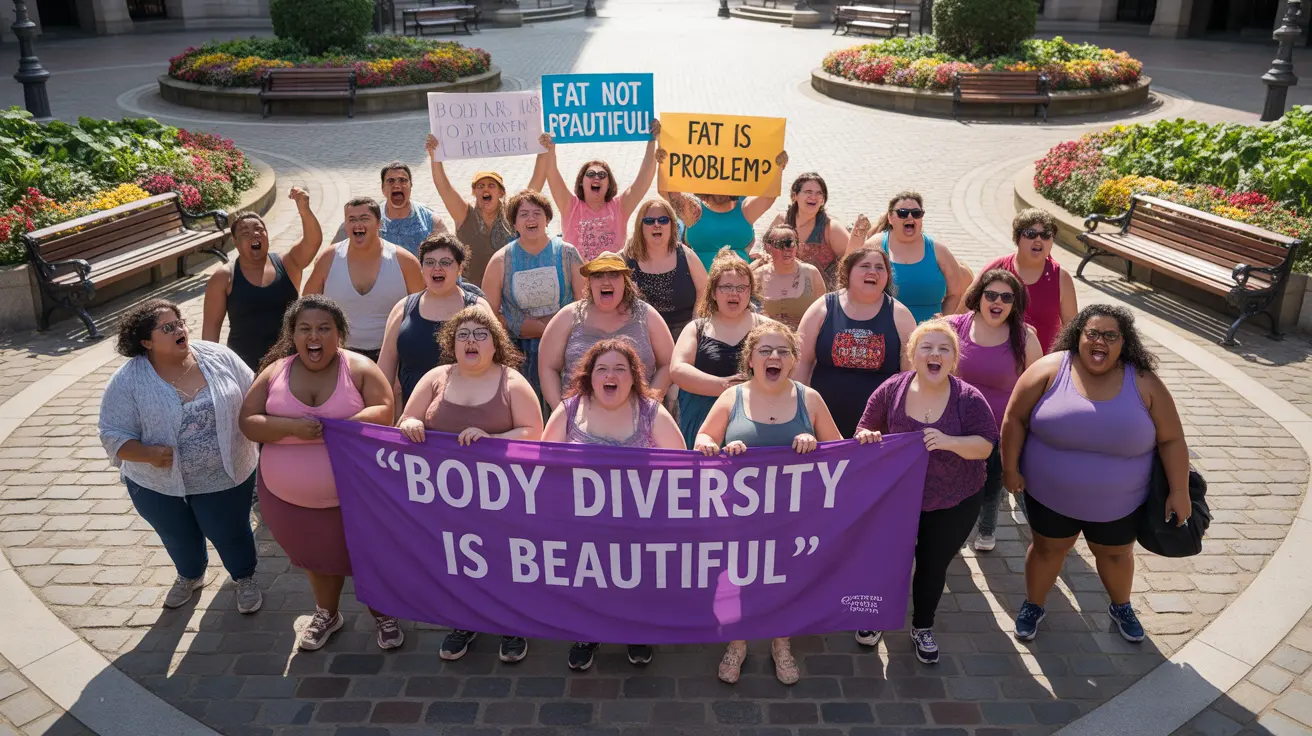Fat liberation represents a powerful social justice movement that extends far beyond individual self-acceptance or body image. This radical approach challenges systemic discrimination, advocates for equal rights, and demands fundamental changes in how society treats fat individuals. While related to body positivity and fat acceptance, fat liberation takes a more comprehensive, political stance on addressing weight-based oppression.
To truly understand fat liberation, we must examine its core principles, historical context, and how it differs from other body-focused movements. This exploration will reveal why fat liberation remains crucial for creating lasting social change and improving the lives of fat individuals across all aspects of society.
The Origins and Evolution of Fat Liberation
Fat liberation emerged in the late 1960s alongside other civil rights movements, positioning itself as a response to systemic discrimination and medical bias. Unlike body positivity, which focuses primarily on self-love and acceptance of all body types, fat liberation specifically addresses the political and social barriers faced by fat people.
The movement's foundations were built by activists who recognized that individual body acceptance alone couldn't address the broader systemic issues affecting fat people's lives, including workplace discrimination, medical neglect, and social stigma.
Understanding Fat Liberation vs. Related Movements
While fat acceptance and body positivity share some common ground with fat liberation, several key distinctions set them apart:
- Fat liberation focuses on systemic change and political action
- Body positivity emphasizes personal acceptance and self-love
- Fat acceptance promotes size acceptance but may not address broader political issues
Addressing Healthcare Discrimination
One of fat liberation's primary focuses is confronting discrimination in healthcare settings. Fat individuals often face numerous barriers to receiving proper medical care, including:
- Dismissal of health concerns unrelated to weight
- Delayed diagnosis due to weight stigma
- Limited access to size-appropriate medical equipment
- Prejudiced treatment from healthcare providers
Fat liberation advocates work to reform healthcare practices and policies to ensure equal, respectful treatment for all body sizes.
Systemic Fatphobia and Its Impact
Fat liberation addresses various manifestations of systemic fatphobia, including:
- Workplace discrimination and reduced career opportunities
- Limited access to public spaces and accommodations
- Social stigma and prejudice in educational settings
- Media representation and cultural bias
Mental Health and Fat Liberation
The movement recognizes the significant impact of weight stigma on mental health and works to:
- Challenge internalized fatphobia through therapeutic approaches
- Create supportive communities for fat individuals
- Promote self-advocacy and empowerment
- Address the intersection of weight stigma with other forms of oppression
Frequently Asked Questions
What is fat liberation and how does it differ from fat acceptance and body positivity? Fat liberation is a political movement focused on systemic change and equal rights for fat people. Unlike body positivity, which promotes acceptance of all bodies, or fat acceptance, which emphasizes size acceptance, fat liberation specifically addresses institutional discrimination and advocates for structural changes in society.
How does fat liberation address discrimination and barriers faced by fat people in healthcare and society? Fat liberation works to identify and eliminate systemic barriers through advocacy, education, and policy change. This includes fighting for equal access to healthcare, challenging discriminatory practices, and demanding size-inclusive facilities and equipment.
Why is fat liberation considered a political movement rather than just promoting self-love? Fat liberation is political because it focuses on changing systems and institutions rather than individual attitudes. It addresses legal rights, healthcare access, workplace discrimination, and other structural issues that require collective action and policy changes.
What are common challenges fat individuals encounter due to systemic fatphobia and how does fat liberation propose to overcome them? Common challenges include healthcare discrimination, workplace bias, limited public accommodation, and social stigma. Fat liberation proposes addressing these through policy reform, legal protection, education, and collective advocacy.
How can fat liberation support mental health and challenge internalized fatphobia in therapy and advocacy? Fat liberation supports mental health by promoting therapy approaches that don't pathologize body size, creating supportive communities, and helping individuals recognize and challenge internalized weight stigma while advocating for systemic change.




